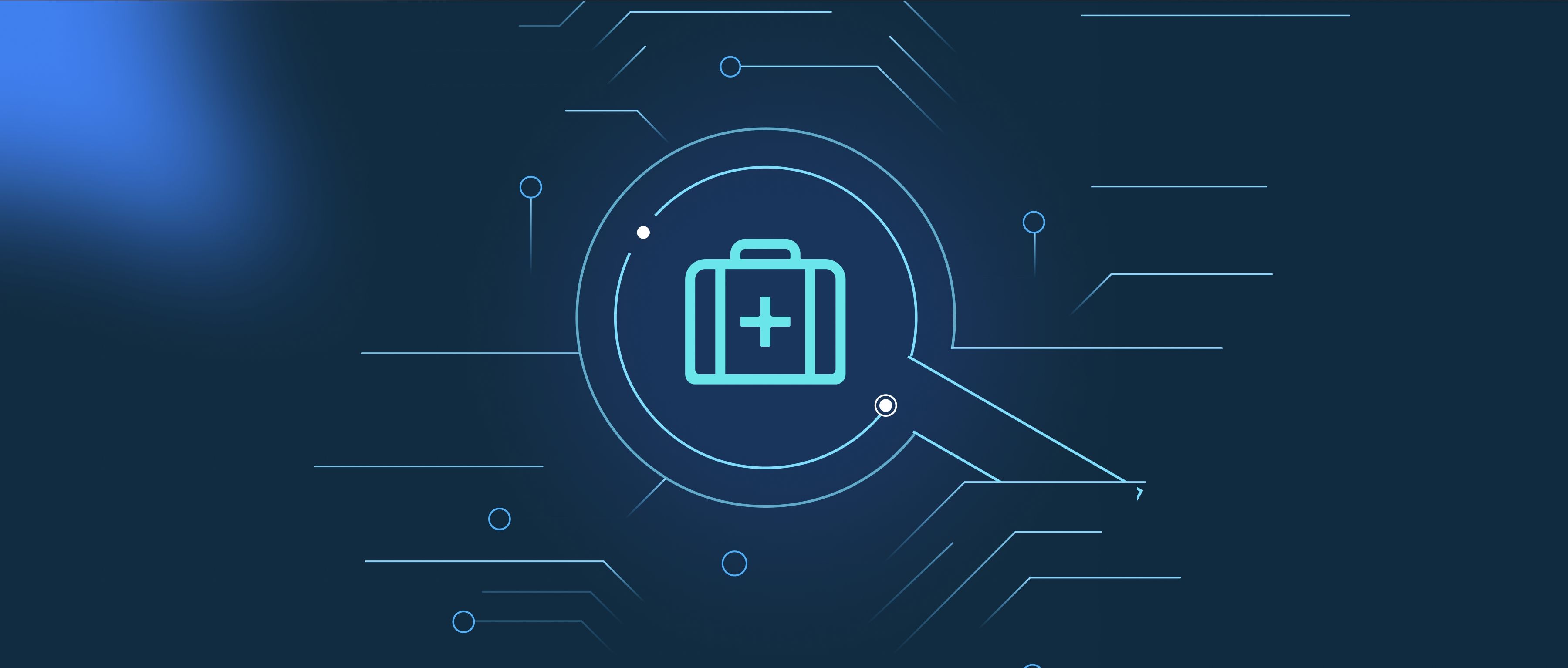The Affero General Public License (AGPL) and the General Public License (GPL) are both open-source licenses created by the Free Software Foundation, but they have significant differences that affect how software can be used and shared, especially in networked environments. The primary distinction lies in how each license treats software modifications and distributions. The GPL allows users to modify and distribute software, but it only requires that the source code be made available when the software is distributed. This means if you run a modified version of GPL software on a server and don’t distribute it, you are not obligated to share your changes with others.
In contrast, the AGPL extends the copyleft provisions of the GPL to software that is accessed over a network. If you modify AGPL-licensed software and run it on a server, the license requires you to make the source code available to any user who interacts with it, even if you aren’t distributing the software directly. This can be particularly relevant for web applications and cloud services. For instance, if a developer creates a modified version of an AGPL-licensed web application and deploys it for users, they must provide the users access to the modified source code, ensuring that everyone benefits from any enhancements made.
These differences are crucial for developers considering which license to use for their projects. If a developer wants to ensure that any improvements to their software are shared with the community, the AGPL might be the better choice. On the other hand, if the focus is on allowing for broader use without the obligation to share modifications made in private settings, the GPL could be more appropriate. Understanding these implications helps developers make informed decisions that align with their goals for software sharing and collaboration.
